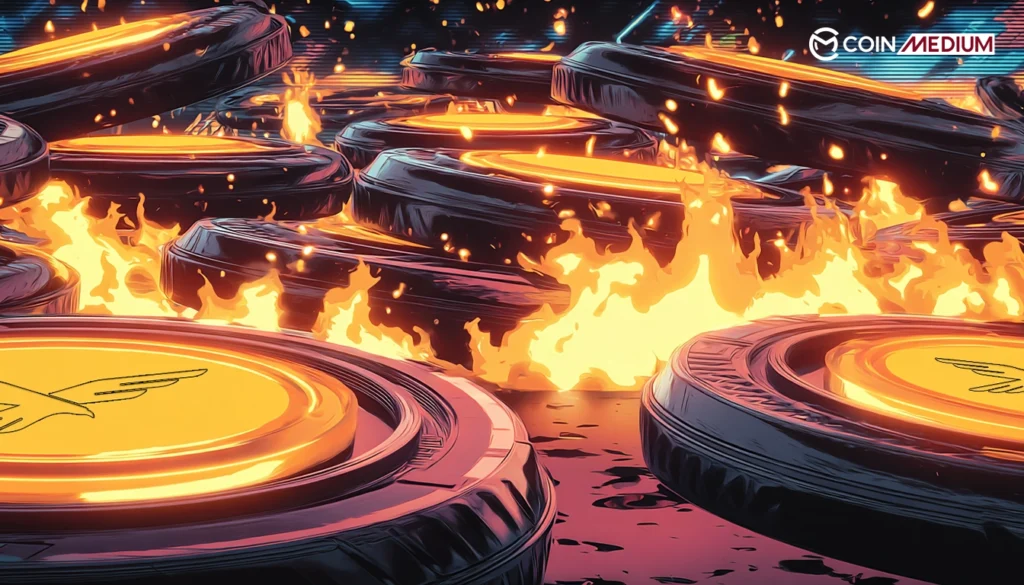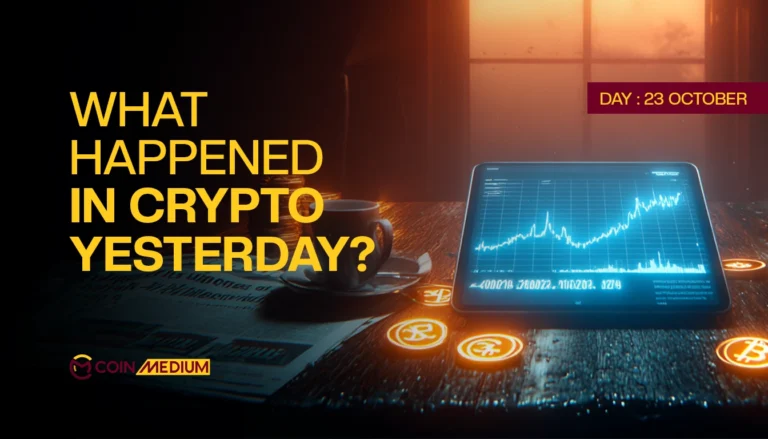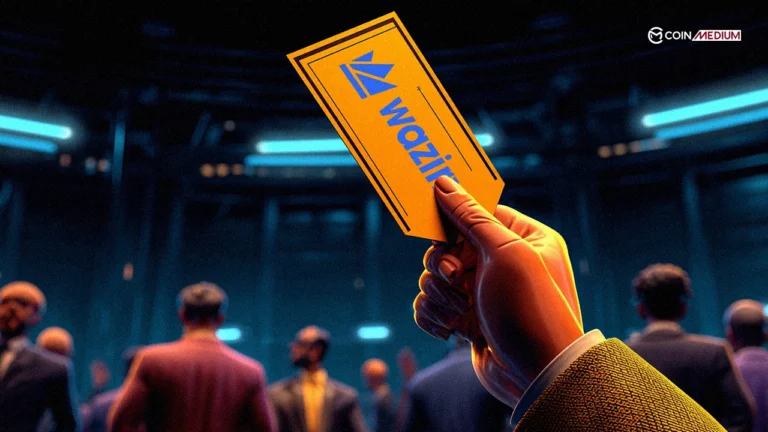In a dramatic effort to stabilize its falling token, World Liberty Financial (WLFI) destroyed 47 million WLFI coins on Wednesday. The token, which began trading on September 1, 2025, experienced a decline of approximately 25–47.5% from its peak of $0.40 to a low of $0.21 within hours of launch. The Trump-backed initiative, led by Donald Trump as co-founder emeritus alongside his sons and other investors, was originally pitched as part of Trump’s broader ambition to establish the U.S. as the “crypto capital of the world.
WLFI’s rocky debut exposes the harsh realities facing celebrity-backed digital assets in today’s volatile market. Early investors received permission to sell up to 20% of their holdings on Monday, triggering an immediate wave of profit-taking that sent prices spiraling downward. Short sellers pounced on the weakness, with one trader moving $3 million in USDC to Hyperliquid specifically to bet against WLFI.
Data from Lookonchain confirmed that WLFI sent 47 million WLFI tokens, valued at approximately $11.34 million, to a burn wallet on September 2, 2025, permanently removing them from circulation. The burned tokens represent about 0.172% of WLFI’s circulating supply of approximately 27.3 billion tokens, out of an original total supply of 100 billion. Ethereum transaction records show the total supply has now decreased to approximately 27.253 billion tokens.
Emergency Measures and Market Psychology
Token burns are a widely used mechanism in the cryptocurrency space, aimed at reducing circulating supply and, in theory, increasing the value of remaining tokens. WLFI has positioned its burn initiative as part of a broader stabilization strategy, proposing a formal buyback-and-burn program funded through fees generated from liquidity owned and managed by the WLFI protocol itself. According to the project, this approach is intended to “increase the relative ownership percentage of committed long-term holders” while systematically removing tokens held by short-term speculators.
The buy-back and burn proposal released on Tuesday has already garnered approval from 133 early respondents, though an official vote remains pending. The plan would utilize fees collected from trading activity across Ethereum, BNB Chain, and Solana liquidity pools to systematically purchase and destroy WLFI tokens. This mechanism aims to create sustained upward pressure on prices by reducing the available supply over time.
Critics have not remained silent about WLFI’s troubled launch. Social media users targeted Eric Trump directly, accusing him of promoting a project that quickly lost value after going public. Multiple traders described the venture as a “pump and dump scam”, though the WLFI team has not directly addressed these serious accusations. Some analysts flagged potential insider activity, with wallet analysis suggesting certain holders may have sold tokens before the broader market recognized the downturn.
Broader Market Implications and Industry Concerns
Industry veterans express growing concern about celebrity-backed tokens damaging cryptocurrency’s reputation. Kevin Rusher, founder of real-world asset platform RAAC, argues that true longevity in the ecosystem depends on institutional adoption rather than “celebrity tokens or short-term hype”.
As speculation continues to dominate headlines, industry leaders are urging a return to fundamentals, where utility, regulation, and institutional trust outweigh influencer-driven noise. Without a course correction, they argue, the industry risks trading long-term credibility for short-term clicks.








